Beginner's Guide: How To Balance Pool Chemicals
Owning a pool can be one of the joys of home life, offering a space for relaxation, fun, and exercise. However, to ensure the experience is always pleasant and safe, maintaining the chemical balance of your pool water is absolutely crucial. Not only does proper balance safeguard against harmful bacteria and algae growth, but it also protects the comfort of swimmers and extends the longevity of your pool equipment. In this comprehensive guide, we'll explore the intricacies of pool chemicals and give you actionable steps to maintain a pristine pool all year round.
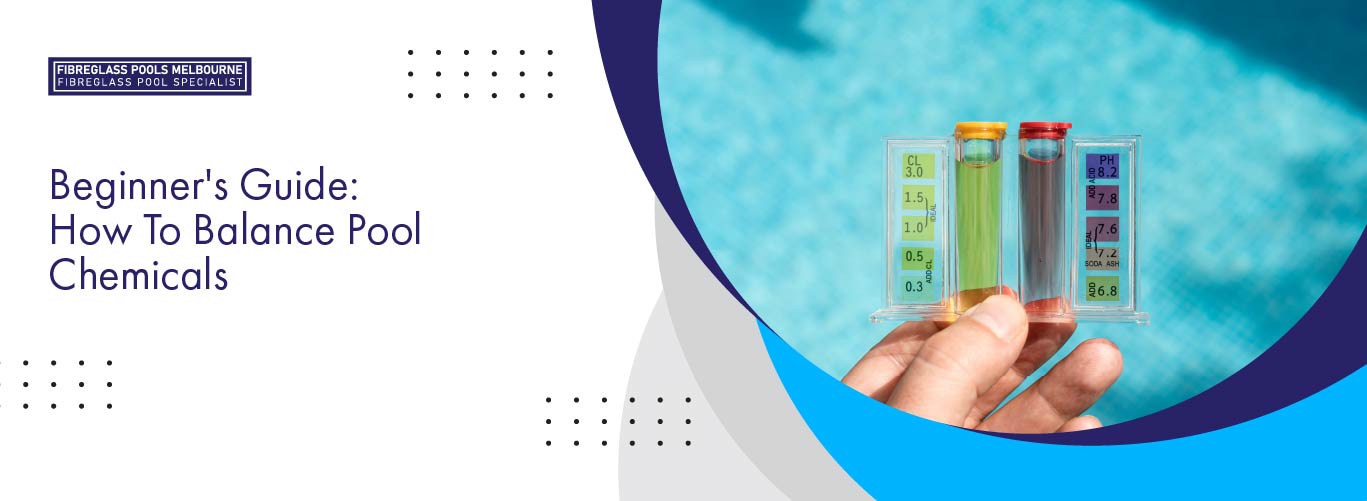
Understanding Pool Chemicals
Before you start pouring solutions into your pool water, it’s important to know what chemicals are involved in pool maintenance and their purpose:
- Chlorine: This is your primary defence against microorganisms that can turn your pool into a petri dish. Chlorine is available in various forms, from liquid to granules and tablets.
- pH Adjusters: The acidity or alkalinity of your pool water can affect both the effectiveness of chlorine and the comfort of swimmers. That’s where pH adjusters come in.
- Algaecides: Algae spores get into your pool all the time. Proper use of algaecides can prevent them from becoming an issue.
Testing Your Pool Water
Before making any chemical adjustments, you need to test the water. You can either purchase test kits from your local pool supply store or take a sample to a professional. Here’s how to do it:
- Collect the Sample: Take the water from about an arm’s length below the surface, away from the skimmer or return lines to ensure it’s representative of your entire pool.
- Test the Water: Follow the instructions on your test kit carefully. You’ll typically be checking for chlorine levels, pH, total alkalinity, calcium hardness, and sometimes cyanuric acid.
- Interpret the Results: Knowing what each result means for your pool maintenance is key. Ideal levels typically are:
- pH: 7.4 – 7.6
- Total Alkalinity: 80 – 120 ppm
- Calcium Hardness: 200 – 400 ppm
- Chlorine: 1 – 3 ppm
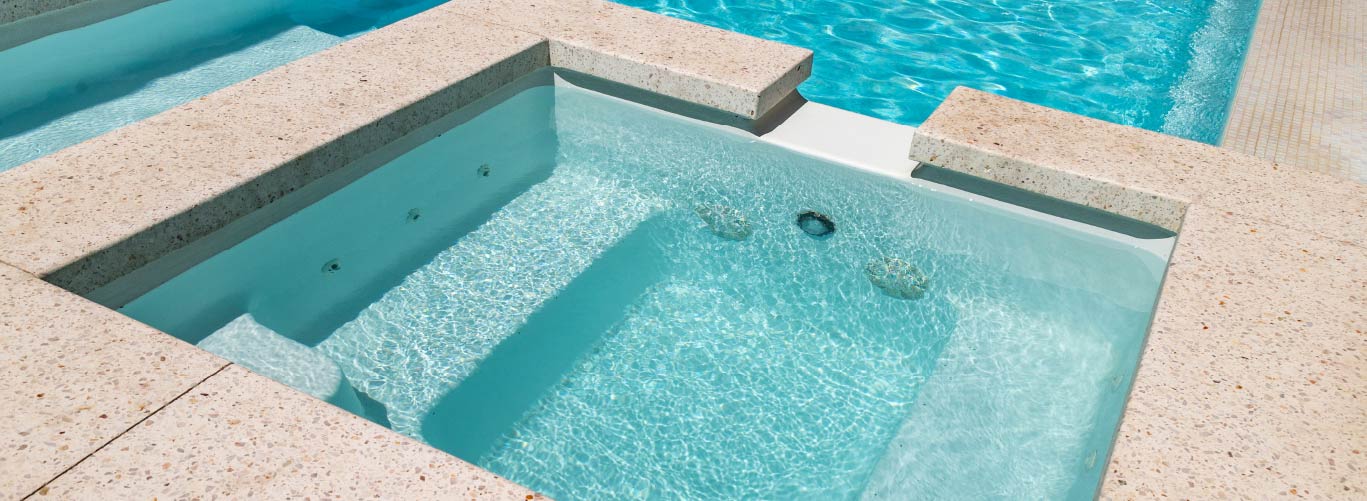
Balancing pH Levels
The pH level of your pool can have a big impact not just on the water quality but also on the effectiveness of chlorine. A well-balanced pH ensures that your pool is safe and comfortable to swim in, while also prolonging the life of your pool equipment. Here’s how to adjust the pH levels effectively:
- If the pH is too low, indicating acidic water, you can add a pH increaser (usually sodium carbonate). Acidic water can cause skin irritation and damage to your pool’s surface and equipment.
- If the pH is too high, meaning the water is too alkaline, a pH decreaser (such as muriatic acid or sodium bisulfate) will be necessary. Alkaline water can lead to cloudy water and reduce the effectiveness of chlorine, making it harder to keep the pool clean.
Regularly testing and adjusting your pool’s pH levels will help maintain a healthy and enjoyable swimming environment.
Chlorine Management
Chlorine keeps your pool water safe by killing harmful bacteria and preventing algae growth, but its levels need to be managed carefully for optimal health and safety:
- To increase chlorine levels, use either chlorine granules or liquid chlorine. It’s important to follow the manufacturer’s instructions regarding the correct dosage for your pool size.
- To lower chlorine levels, you may need to reduce the output on your chlorinator, if you have one, or partially drain and refill your pool with fresh water if levels are significantly high. In some cases, using a chlorine neutraliser can also help bring levels down more quickly.
Always distribute chlorine evenly in your pool by pouring it around the edges and stirring the water if needed. This process is best done during the evening, as sunlight can quickly reduce chlorine’s effectiveness through a process called photodegradation. Regularly testing your pool water ensures that chlorine stays within the recommended range, keeping your pool safe and enjoyable for swimming.
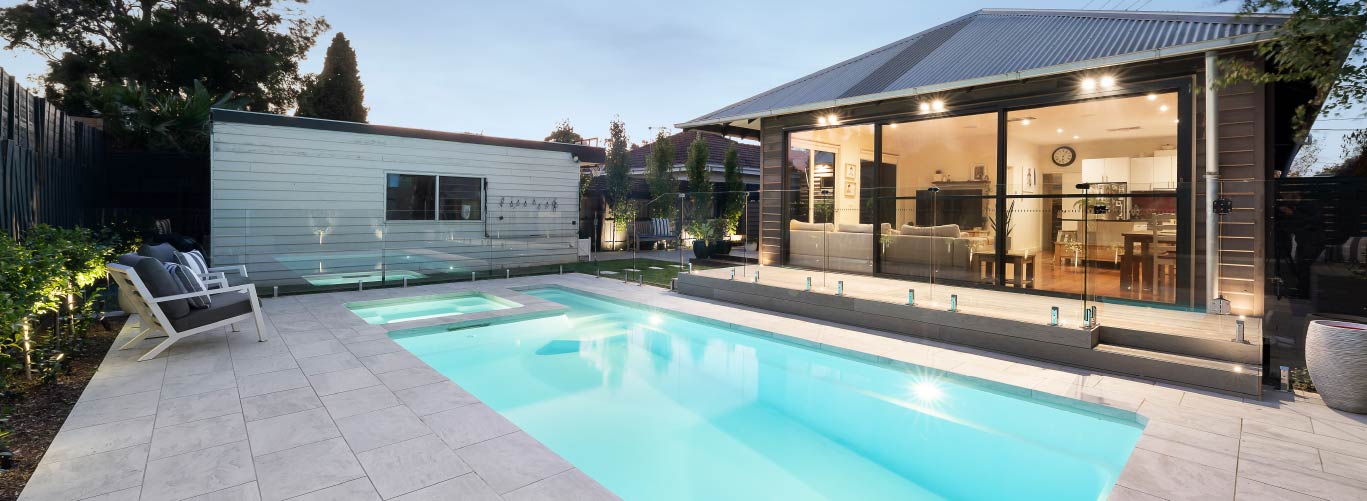
Algae Prevention
Algae can be tenacious; preventing their growth is preferable to battling an infestation. Here are some detailed tips to help keep your pool algae-free:
- Maintain proper chlorine levels and ensure good water circulation throughout the pool, as stagnant water creates a breeding ground for algae. Regularly test the water to ensure it remains balanced.
- Use algaecides as part of your regular maintenance routine, following the manufacturer’s instructions to prevent algae from taking hold. There are different types of algaecides available, so choose the one best suited for your pool’s needs.
- Keep your pool clean, not just chemically, but also physically by brushing and vacuuming regularly. Pay extra attention to areas with poor circulation, such as corners, steps, and behind ladders, where algae are more likely to grow. Additionally, clean your filters regularly to remove any debris that can contribute to algae growth.
By following these detailed steps, you can significantly reduce the likelihood of dealing with a frustrating algae infestation, ensuring your pool stays clean and inviting.
Safety Measures
Handling pool chemicals requires caution:
- Always read and follow the labels on your chemical containers meticulously to ensure proper usage and avoid accidents.
- Store chemicals in a cool, dry location away from direct sunlight to maintain their effectiveness. Ensure they are out of reach of children and pets to prevent accidental ingestion or contact.
- Never mix different chemicals together, as this can cause dangerous reactions. Mixing can lead to harmful gases or even explosions, so always handle each chemical separately.
By following these guidelines, you can maintain a safe and enjoyable pool environment.
Regularly maintaining your pool’s chemical balance is not only instrumental in providing a safe and enjoyable swimming environment, but it also saves you from costly repairs in the long run. By following the aforementioned tips and establishing a routine, your pool will continue to be the refreshing oasis it was meant to be.
Enjoy the swim season with the peace of mind that comes from knowing your pool is in perfect balance. Remember, effective pool management is about regular, proactive care. Happy swimming!
Beginner's Guide: How To Balance Pool Chemicals
Owning a pool can be one of the joys of home life, offering a space for relaxation, fun, and exercise. However, to ensure the experience is always pleasant and safe, maintaining the chemical balance of your pool water is absolutely crucial. Not only does proper balance safeguard against harmful bacteria and algae growth, but it also protects the comfort of swimmers and extends the longevity of your pool equipment. In this comprehensive guide, we'll explore the intricacies of pool chemicals and give you actionable steps to maintain a pristine pool all year round.
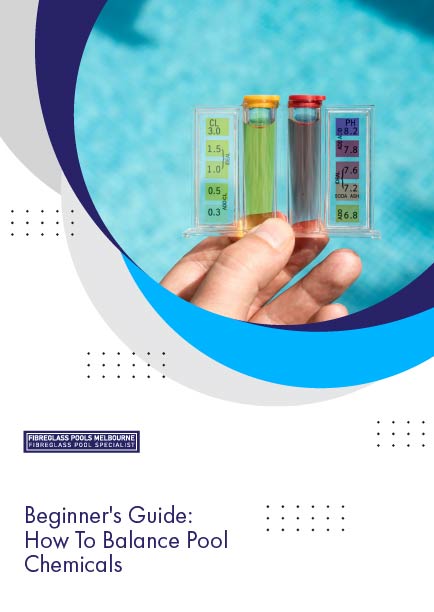
Understanding Pool Chemicals
Before you start pouring solutions into your pool water, it’s important to know what chemicals are involved in pool maintenance and their purpose:
- Chlorine: This is your primary defence against microorganisms that can turn your pool into a petri dish. Chlorine is available in various forms, from liquid to granules and tablets.
- pH Adjusters: The acidity or alkalinity of your pool water can affect both the effectiveness of chlorine and the comfort of swimmers. That’s where pH adjusters come in.
- Algaecides: Algae spores get into your pool all the time. Proper use of algaecides can prevent them from becoming an issue.
Testing Your Pool Water
Before making any chemical adjustments, you need to test the water. You can either purchase test kits from your local pool supply store or take a sample to a professional. Here’s how to do it:
- Collect the Sample: Take the water from about an arm’s length below the surface, away from the skimmer or return lines to ensure it’s representative of your entire pool.
- Test the Water: Follow the instructions on your test kit carefully. You’ll typically be checking for chlorine levels, pH, total alkalinity, calcium hardness, and sometimes cyanuric acid.
- Interpret the Results: Knowing what each result means for your pool maintenance is key. Ideal levels typically are:
- pH: 7.4 – 7.6
- Total Alkalinity: 80 – 120 ppm
- Calcium Hardness: 200 – 400 ppm
- Chlorine: 1 – 3 ppm

Balancing pH Levels
The pH level of your pool can have a big impact not just on the water quality but also on the effectiveness of chlorine. A well-balanced pH ensures that your pool is safe and comfortable to swim in, while also prolonging the life of your pool equipment. Here’s how to adjust the pH levels effectively:
- If the pH is too low, indicating acidic water, you can add a pH increaser (usually sodium carbonate). Acidic water can cause skin irritation and damage to your pool’s surface and equipment.
- If the pH is too high, meaning the water is too alkaline, a pH decreaser (such as muriatic acid or sodium bisulfate) will be necessary. Alkaline water can lead to cloudy water and reduce the effectiveness of chlorine, making it harder to keep the pool clean.
Regularly testing and adjusting your pool’s pH levels will help maintain a healthy and enjoyable swimming environment.
Chlorine Management
Chlorine keeps your pool water safe by killing harmful bacteria and preventing algae growth, but its levels need to be managed carefully for optimal health and safety:
- To increase chlorine levels, use either chlorine granules or liquid chlorine. It’s important to follow the manufacturer’s instructions regarding the correct dosage for your pool size.
- To lower chlorine levels, you may need to reduce the output on your chlorinator, if you have one, or partially drain and refill your pool with fresh water if levels are significantly high. In some cases, using a chlorine neutraliser can also help bring levels down more quickly.
Always distribute chlorine evenly in your pool by pouring it around the edges and stirring the water if needed. This process is best done during the evening, as sunlight can quickly reduce chlorine’s effectiveness through a process called photodegradation. Regularly testing your pool water ensures that chlorine stays within the recommended range, keeping your pool safe and enjoyable for swimming.
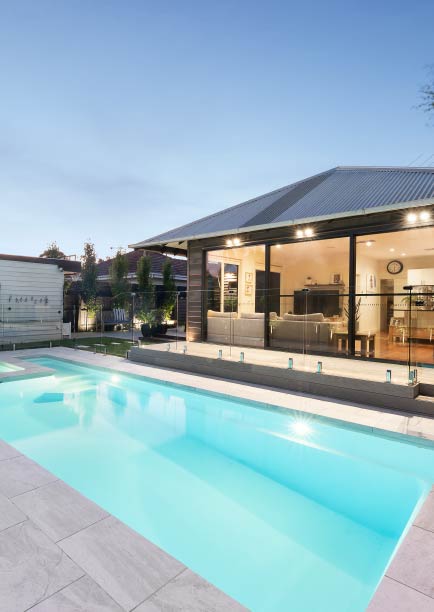
Algae Prevention
Algae can be tenacious; preventing their growth is preferable to battling an infestation. Here are some detailed tips to help keep your pool algae-free:
- Maintain proper chlorine levels and ensure good water circulation throughout the pool, as stagnant water creates a breeding ground for algae. Regularly test the water to ensure it remains balanced.
- Use algaecides as part of your regular maintenance routine, following the manufacturer’s instructions to prevent algae from taking hold. There are different types of algaecides available, so choose the one best suited for your pool’s needs.
- Keep your pool clean, not just chemically, but also physically by brushing and vacuuming regularly. Pay extra attention to areas with poor circulation, such as corners, steps, and behind ladders, where algae are more likely to grow. Additionally, clean your filters regularly to remove any debris that can contribute to algae growth.
By following these detailed steps, you can significantly reduce the likelihood of dealing with a frustrating algae infestation, ensuring your pool stays clean and inviting.
Safety Measures
Handling pool chemicals requires caution:
- Always read and follow the labels on your chemical containers meticulously to ensure proper usage and avoid accidents.
- Store chemicals in a cool, dry location away from direct sunlight to maintain their effectiveness. Ensure they are out of reach of children and pets to prevent accidental ingestion or contact.
- Never mix different chemicals together, as this can cause dangerous reactions. Mixing can lead to harmful gases or even explosions, so always handle each chemical separately.
By following these guidelines, you can maintain a safe and enjoyable pool environment.
Regularly maintaining your pool’s chemical balance is not only instrumental in providing a safe and enjoyable swimming environment, but it also saves you from costly repairs in the long run. By following the aforementioned tips and establishing a routine, your pool will continue to be the refreshing oasis it was meant to be.
Enjoy the swim season with the peace of mind that comes from knowing your pool is in perfect balance. Remember, effective pool management is about regular, proactive care. Happy swimming!


